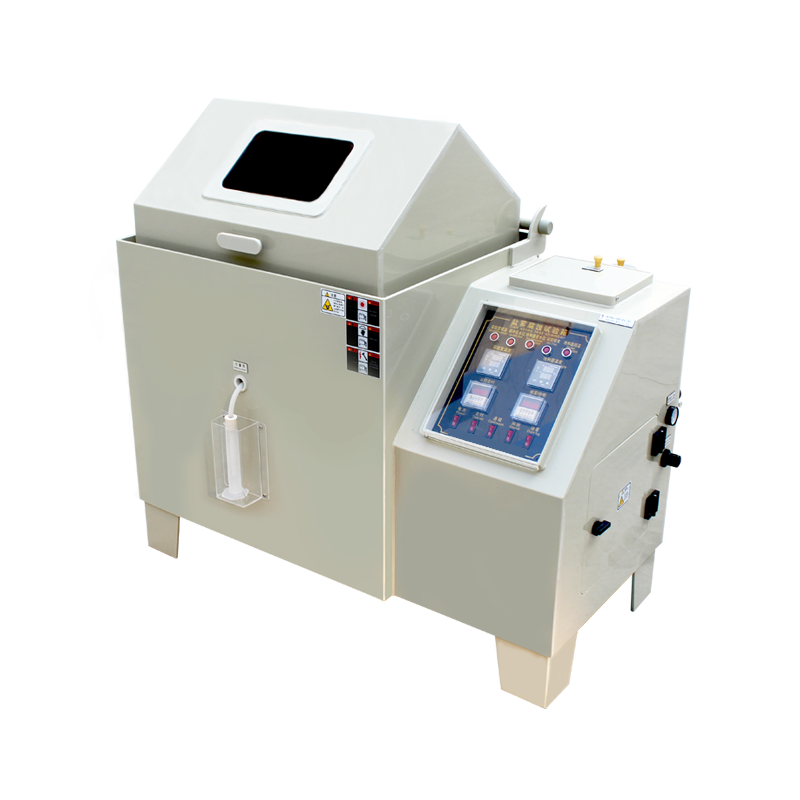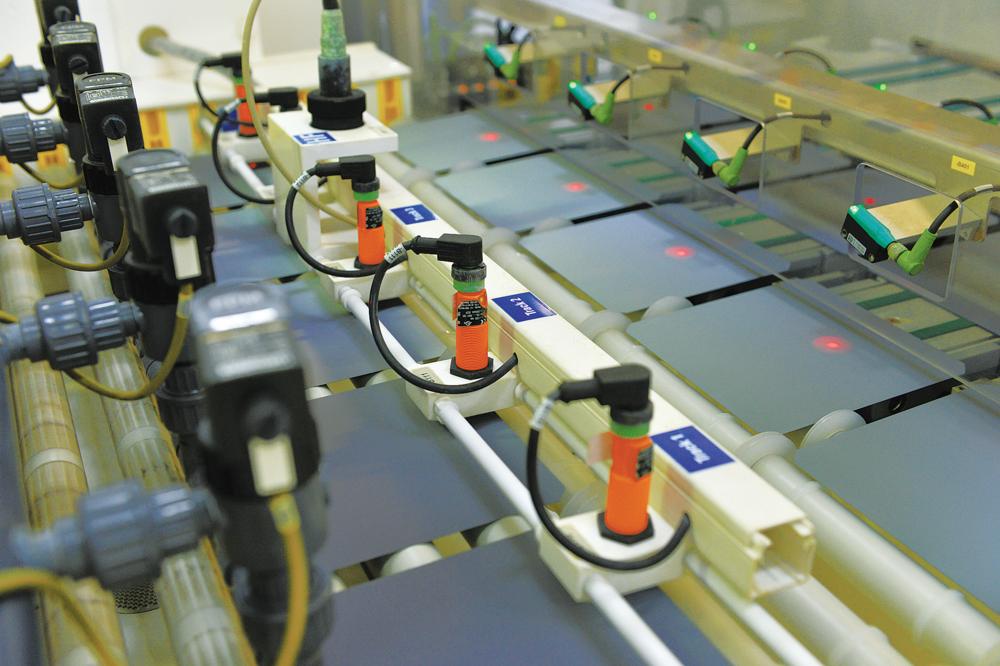1. Principle of Salt Spray Test Chambers
The salt spray test chamber primarily compresses a corrosive solution into a gas spray, which is then applied to test samples. The working principle is relatively straightforward. The test can be conducted continuously or cyclically until corrosion appears on the samples, and the corrosion time is recorded. The longer the time before corrosion occurs, the better the sample's corrosion resistance.
This test utilizes a chamber with a controlled volume to artificially create a salt spray environment, accelerating the corrosion aging of products. Compared to natural environments, the chloride salt concentration in a salt spray test is several times or even dozens of times higher, significantly increasing the corrosion rate. As a result, the time required to obtain test results is greatly reduced.

2. Advantages of Salt Spray Test Chambers
- Sealed Design – The inner and outer chambers are connected with a water-sealed groove to prevent salt spray leakage.
- Uniform Spray Distribution – Equipped with a quartz glass nozzle (PYREX), ensuring even mist dispersion and natural settling on test samples without salt crystallization blockage.
- Enhanced Safety Features – Dual over-temperature protection and low-water-level alarms ensure safe operation.
- Precise Temperature Control – Digital display with PID temperature control, achieving an accuracy of ±0.1°C.
- Rapid Heating System – Uses direct steam heating for fast and uniform temperature rise, reducing standby time.
- Adjustable Spray Tower – Features a conical disperser to guide the mist, regulate spray volume, and ensure uniform settling.
- Saturated Air Supply – Applies Henry’s Law for heating and humidification, providing the required humidity for testing.
This design ensures high efficiency, reliability, and accuracy in corrosion resistance testing, making it an essential tool for quality control in industries such as automotive, aerospace, and electronics.













